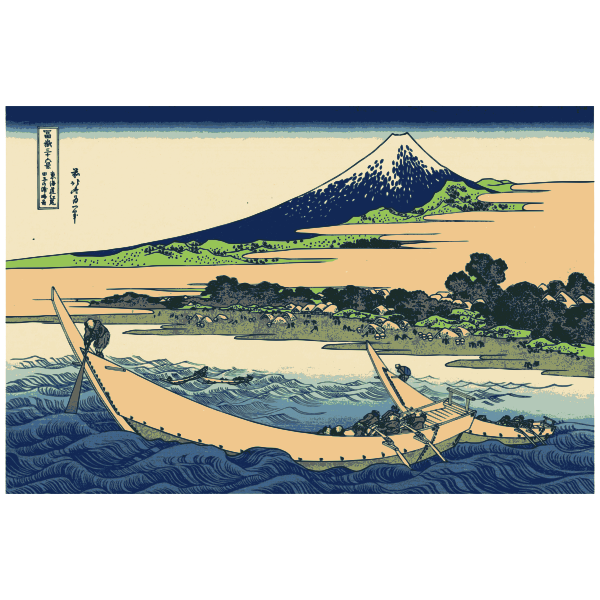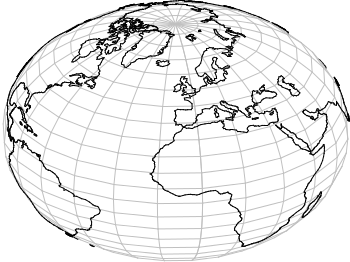

The results support a genetically distinct, local population of walruses that went extinct shortly after Norse settlement. This study investigates the timing, geographic distribution, and genetic identity of walruses in Iceland by combining historical information, place names, radiocarbon dating, and genomic analyses. Today, there is no local population of walruses on Iceland, however, skeletal remains, place names, and written sources suggest that walruses existed, and were hunted by the Norse during the Settlement and Commonwealth periods (870–1262 AD). The expansion of the Norse across the North Atlantic offers a rare opportunity to study the effects of human arrival and early exploitation of marine resources. However, the effects of marine resource utilization prior to industrialized whaling, sealing, and fishing have largely remained understudied.

There are a large number of armchair geophysicists there helping to answer such questions, and a couple of real ones, too.There is a growing body of evidence demonstrating the impacts of human arrival in new “pristine” environments, including terrestrial habitat alterations and species extinctions. There is much discussion at the Cartographers' Guild in the forums on this, with such topics as "How to get your rivers in the right place" (basically, they flow as downhill as possible and merge with more and more rivers, until they reach a basin) or "Where do deserts appear?" (depends on mountains and latitudes). I will use Flex Projector, Hugin or just gimp with custom coded reprojections using mathmap. There a a bunch of map specific tools to do these re-projections.

For the Torchio map I wanted a two hemisphere projection (like looking t the two opposite sides of the sphere from a large distance).

In Gimp I can just use the slide and watch the map be turned into B&W and decide what value I like.ĭepending on the desired map style, I need to go from the equirectangular to something else. Working with a large raster image and detailed spherical noise, I just randomly regenerate a bunch to get a distribution that works with what I want (many small islands, large continents, etc.) To get a shoreline, I just threshold the noise. These are overkill for most of the maps I make as I don't tend to require accurate height-field models unless I am doing 3d work. Fractal terrains is a brilliant commercial product.
INKSCAPE DRAWING COASTLINE SOFTWARE
This is a rectangle map that has a width equal to double its height, so the width and height map directly from degrees longitude and latitude.Īnother option is to use dedicated world building software that will generate terrain heightfields. The easiest way of doing this is by using an equirectangular projection. This is necessary to represent a globe on a rectangular map. I like to use gimp and the felimage noise plugin mainly because it supports generating noise with a spherical mapping. To make a "random world" the easiest way is to use some form of fractal noise - like Perlin noise.


 0 kommentar(er)
0 kommentar(er)
